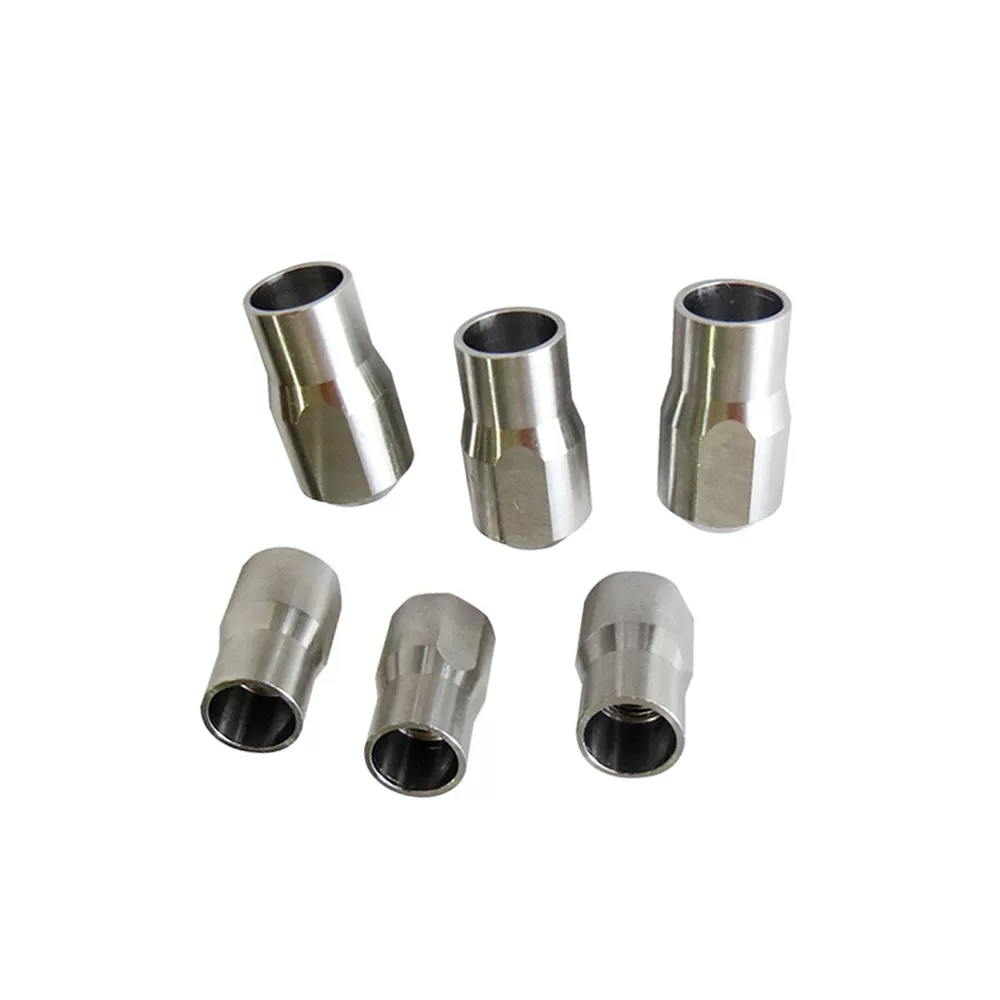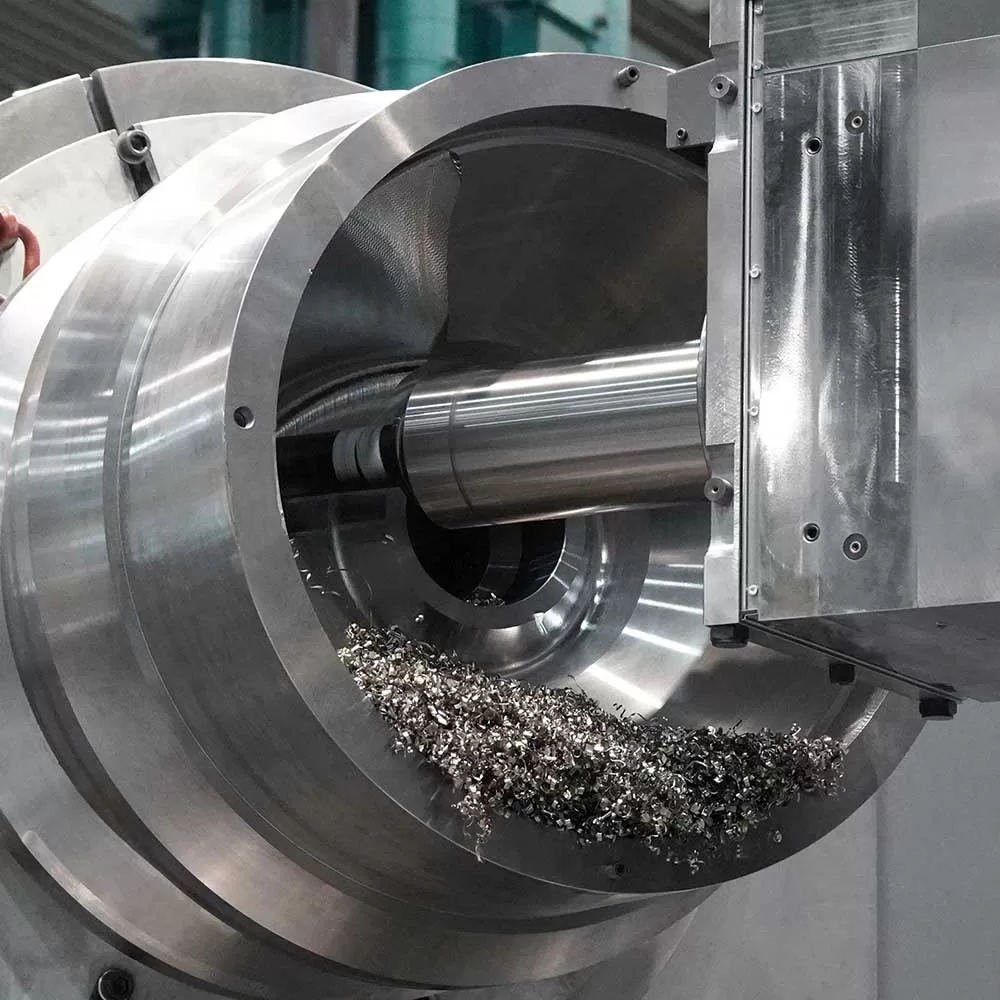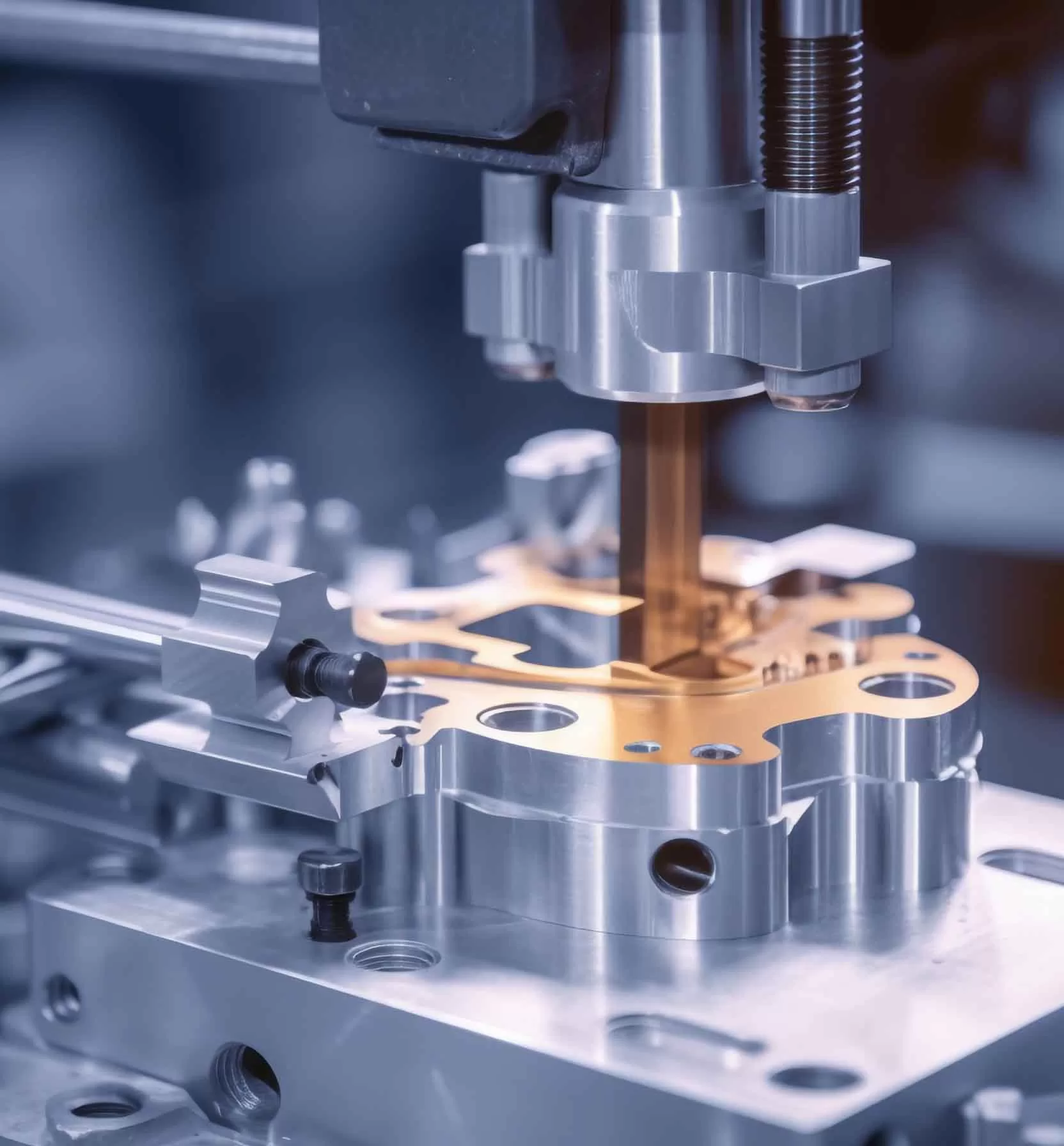During the CNC turning of stainless steel, problems such as deformation, chip accumulation, and tool wear are prone to occur, resulting in a large amount of material waste. So, how to avoid the problem of material waste during stainless steel CNC turning? Read the article for the best CNC stainless steel turning methods.

In the machining industry, in order to ensure the quality of CNC turning and improve work efficiency, you should first be familiar with and master the various properties of the material being turned in order to choose the cutting process and tools. The overall turning characteristics of stainless steel materials are as follows:
- It has large plasticity, high toughness, large cutting deformation, and corresponding large cutting force and cutting heat.
- Thermal conductivity is low, about 1/2~1/3 of ordinary steel. The chips take away less heat, so the temperature of the turning tool is very high, and the CNC turning tool wears out quickly.
- Due to its strong adhesion, chips easily produce built-up edges on the tool tip during CNC turning, making it difficult for the workpiece to obtain good surface roughness.
- The machined surface is prone to cold hardening, which aggravates the wear of CNC turning tools. Due to its high toughness, the chips are not easy to break and curl, and can easily block the flow of chips.
In view of the performance of stainless steel materials and the difficulties and characteristics of CNC turning processing, improvements will be made from the following aspects:
- Tool material selection. First, choose tool materials with high hardness, good anti-adhesion properties and good strength, such as TW1/YW2 carbide blades, which have good toughness, can withstand large impact and cutting forces, and have better anti-adhesion properties. good.
- Selection of turning tool geometry. Increase the rake angle of the external turning tool. The increased rake angle makes the chips curl and creates enough chip-holding space for smooth chip removal. However, increasing the rake angle for fast cutting will affect the force strength of the CNC turning tool. In order to enhance the strength of the cutting edge of the turning tool, a chamfer of 0.5~0.8mm is used to compensate for the strength of the cutting edge of the turning tool.
- Choice of cutting speed. The rigidity of the stainless steel slender shaft is poor, so the cutting speed cannot be too high, 30~60m/min, and ordinary steel can be higher.
- Cooling lubricant selection. Stainless steel has high toughness and is difficult to cut. It is necessary to choose a cooling lubricant with good anti-adhesion and heat dissipation properties to reduce the cutting force, thereby improving the cutting quality and the service life of the tool.
Improved Tool Holder
The lathe and tool rest are auxiliary devices that radially support the rotating workpiece. During processing, they move along the axial direction of the workpiece together with the tool. The structure of the two claws and tool holder: The tool holder is composed of the tool holder body, the adjusting handle, the fastening screws, and the claws. The following tool holder is mainly used when turning slender shafts and long screw rods. The following tool holder body is fixed on the CNC lathe’s large carriage and follows the turning tool. During CNC turning, the workpiece is subject to the cutting force of the turning tool, and the workpiece will be deformed. At this time, the claws of the tool holder are close to the workpiece and play a role in controlling the deformation of the workpiece, thereby improving the shape accuracy and surface roughness of the workpiece.
Conventional CNC lathes use only two claws for the tool holder. From the design principle of the tool holder, only two claws can meet the requirements. The cutting force of the turning tool on the workpiece during CNC turning.
The surface of the workpiece is attached to the two claws of the tool holder. However, during the CNC turning process, if you carefully observe the handle, you can feel the vibration of the workpiece. The reasons are analyzed: the workpiece itself has downward gravity, and the workpiece also There is inevitably some bending. When turning, due to the centrifugal force during the rotation of the workpiece, the workpiece sometimes leaves the claws and sometimes contacts the claws. This vibration phenomenon has a great impact on the machining accuracy of slender shafts. The turned-out shaft has a bamboo-shaped shape with inconsistent sizes at both ends, and the tapered outer circle has poor surface finish. Therefore, the turned-out shaft cannot be used and has to be scrapped.
In order to solve the vibration phenomenon of the workpiece, the tool rest needs to be improved.
When using the improved three-claw and tool holder for CNC turning, the upper, lower, and left directions are controlled by the three claws, and the right direction is resisted by the turning tool, so that the workpiece cannot vibrate up, down, left, and right, eliminating the vibration of the workpiece and making The slender shaft can be turned stably and smoothly. The processing accuracy, surface roughness and taper error can basically meet the technical requirements marked on the drawings. The yield rate of the processed parts reaches 100%.
Improvement of Thimble at the End of CNC Lathe
When CNC turning stainless steel slender shafts, the slender shaft itself has poor rigidity. If it is not clamped properly during turning, it will easily bend and deform due to cutting force and gravity, resulting in vibration, which will reduce the accuracy and worsen the surface roughness. . Therefore, necessary improvements need to be made to the thimble at the end of the CNC lathe.
The thimble is an indispensable component when turning shaft workpieces, especially when turning slender shafts. It is installed on the tailstock of the CNC lathe. The function of the ejector pin is to hold one end of the workpiece from the rear of the CNC lathe when clamping the workpiece to facilitate the CNC turning process.
After the ordinary ejector pin holds the workpiece from the end of the CNC lathe on the axis and fixes it, there is no room for expansion and contraction adjustment. During the CNC turning process, the workpiece is heated and causes thermal deformation and elongation.
The thermal expansion coefficient of the workpiece is related to the temperature rise of the workpiece. When turning short-axis parts, due to the small elongation of thermal deformation and the stiffness of the workpiece, it is not easy to deform and bend, so there is no need to consider it. However, when turning slender shaft parts, due to the large length of the workpiece, the thermal deformation elongation is large and the stiffness is low. If there is no room for telescopic adjustment after the ejector pin is fixed, the workpiece will be bent, making turning processing difficult and waste products likely to be produced.
When using the improved ejector pin during the turning process, when the workpiece is heated and deformed, the workpiece pushes the ejector pin spring to be compressed to compensate for the elongation of the workpiece, so that it will not bend, thereby ensuring the smooth progress of CNC turning processing.
Production practice has proven that through the improvement of the tool holder and the thimble at the end of the CNC lathe, the material waste generated during CNC turning of stainless steel has been effectively solved. Through the improvement of the material and geometry of the CNC turning tool, as well as the reasonable selection of cutting speed and cooling lubricant, cutting is made light and fast. Using a large rake angle turning tool to cut stainless steel can improve the efficiency by about 3 times and reduce the scrap rate.


